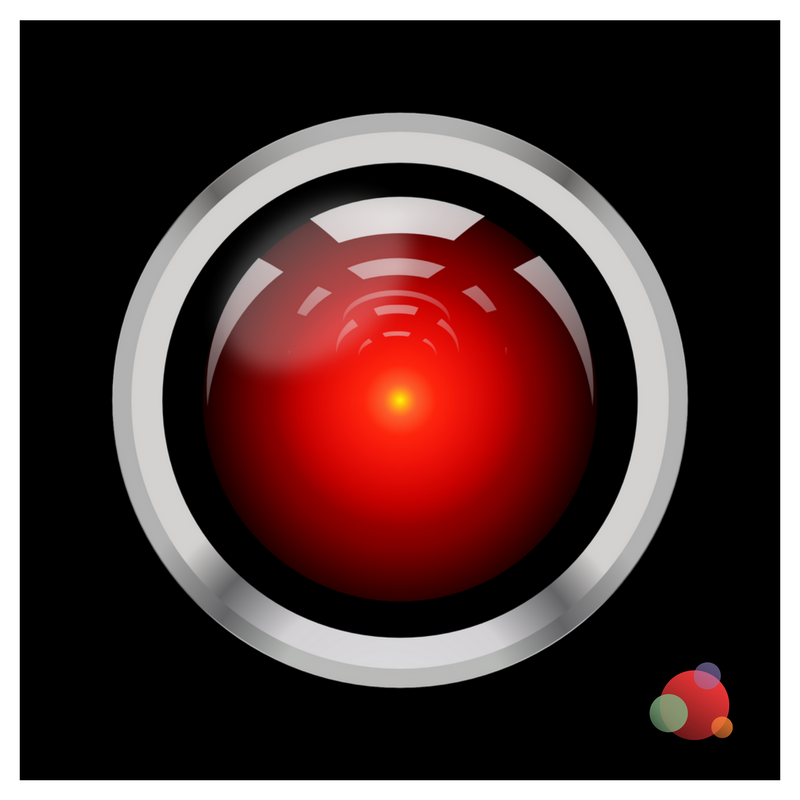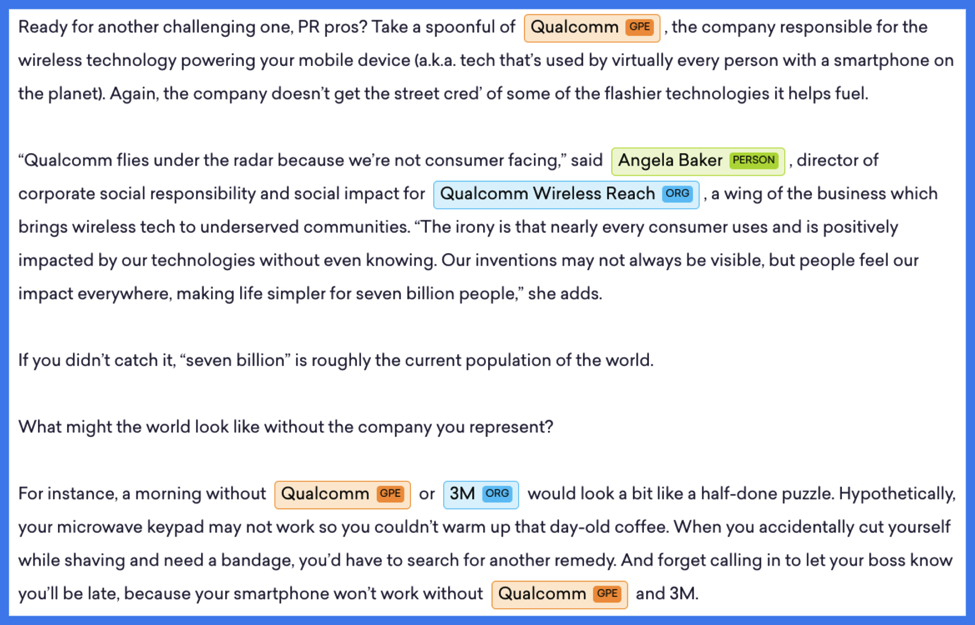 We’ve all witnessed the debate about if machines can or will successfully do or take our jobs—and this scares some of us silly humans.
We’ve all witnessed the debate about if machines can or will successfully do or take our jobs—and this scares some of us silly humans.
Lingerie retailer Cosabella did replace their digital agency with a robot named “Albert” after all…
But even as someone who represents public relations analytics software that pivots upon machine learning and data science, I have no doubt that artificial intelligence and automation will always require human brainpower to apply timely and client-specific context around the data this kind of technology helps us gather.
In other words, don’t be scurred of a robot revolution! (Leave that to Hollywood.)
Instead, let’s look at some of the amazing things machine learning and data science can do in the world of PR.
How to Measure PR with PRTech
It’s difficult to measure the effectiveness of PR, even with the help of technology.
And we all must measure PR if we want to demonstrate its ROI to C-suite leaders.
One reason why it’s difficult to measure PR is because the way we write articles makes it tough for computers to read and comprehend them.
In their raw form, articles aren’t measurable.
We can, however, rely on technology to identify, categorize, and analyze entities found in a given document (or piece of content).
Fletcher Stump Smith, a data scientist at AirPR, spends much of his days building machine learning models that identify news articles relevant to our customers and predict how they help the organization reach its goals.
In layman’s terms, Fletcher’s work allows us to solve the itchy problem of PR measurement.
Why Should You Care?
Because gaining a stronger understanding of the data science behind PRTech can show you how PR data can be harnessed to help you achieve your communications goals.
And when you have a grasp on the science behind the tech, you can better explain issues tied to PR measurement to your executives.
Remember, they expect you, a data-driven PR professional, to understand and be able to articulate the technological challenges within the industry.
To demonstrate how a computer sees an article, let’s look at a slice of content I published earlier this year:

After entities within an article are recognized, our technology identifies constituent parts of each sentence and determines how the words relate to one another.
Those entities are then categorized and labeled.
The technology recognizes company names for what they are and “Angela Baker” as a person.
If a piece of content on the web includes the sentence “AirPR is a PRTech company that provides analytics, insights, and measurement solutions to the evolving PR industry,” our technology will capture relationships between those words (indicated by arrows) and identify parts of speech (signified by colored abbreviations).

From this analysis, we can see “AirPR” is a proper noun and a nominal subject.
The both indicate salience.
We can then identify which entities are most prominent or relevant to a piece of content.
You could liken it to how “Big Bird” in the sentence “Big Bird likes sunny days” is more important than “sunny days” in terms of relevancy.
Other features that can be identified within an article include word count and paragraph location.
What Does This Mean for PR?
For one, the presence of this type of technology proves that PR has graduated into the modern day.
Marketers and advertisers have long been able to wow executives with the return-on-investment of their efforts because they’ve had the technology to do so for more than a decade.
PR is catching up with the emergence of PRTech, and an increasing number of companies are understanding it is an important addition to the MarTech stack.
In this sense, MarTech and PRTech are converging in a way that’s beneficial for both sides of the business.
Secondly, PRTech is improving the perception of PR in its ability to drive high-quality leads into the top of the funnel and track behaviors.
Imagine the look on your CEO’s face when you show them a PR analytics dashboard illustrating exactly how a customer behaved on your website after reading a feature about your company in the Wall Street Journal.
PR is now perceived as much more powerful than it used to be because of these technological advancements.
Lastly, PRTech saves you valuable time that could otherwise be spent on high-level strategy.
Say you’re an in-house PR specialist for a big, global company that’s mentioned nearly every day in the news.
If you were to manually read through Google Alerts every time your company is mentioned, you’d be swimming in email alerts for decades.
A lot of these mentions would be incidental and not necessarily worth tracking from a PR perspective.
What you really want to know is when and where notable articles about product launches and other significant company news publish in reputable publications and on prominent industry blogs.
Automation in PR?
Being able to quickly distinguish between irrelevant mentions and relevant news is invaluable from a time management perspective.
This is exactly the kind of PR work that it makes sense to automate.
In the end, machine learning and data science aren’t here to scare PR professionals.
We can either keep our heads down and do our work through our own antiquated systems, or we can embrace the technology that can turn us into our super selves.
On which end of the spectrum will you reside?